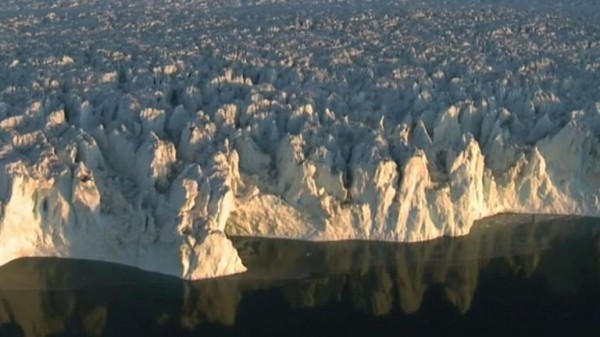The massive iceberg, said to be similar in size to Sydney, has broken away as “part of the ice shelf’s normal cycle”, experts say.

An iceberg weighing an estimated 315 billion tonnes has broken away from a glacier in Antarctica – but not because of climate change, according to scientists.
The block is 632 square miles (1,636 sq km) in area and is said to be similar in size to the Isle of Skye or Sydney, and five times as large as Malta.
Named D-28, it separated from the ice shelf on 26 September and is the largest one to form from the Amery Glacier since the early 1960s.

The event, however, is not linked to climate change and its impacts on rising and warming seas, experts say.
Professor Helen Amanda Fricker, of the Scripps Institution of Oceanography, which has been studying the site for almost 20 years, said: “It’s part of the ice shelf’s normal cycle, where we see major calving events every 60 to 70 years.”
The new D28 iceberg (~1582km²) that recently calved from Amery ice shelf ??is nicely shown in the latest @CopernicusEU #sentinel1 satellite imagery ?️. @helenafricker pic.twitter.com/SLHWpqHFWP
— Stef Lhermitte (@StefLhermitte) September 30, 2019
Professor Fricker said she was “excited to see this calving event after all these years”.
She added: “We knew it would happen eventually, but just to keep us all on our toes, it is not exactly where we expected it to be.”

Svalbard – a town in retreat
People in the Arctic town are on the front line of climate change's impact
Prof Fricker said scientists first noticed a rift at the front of the ice shelf in the early 2000s and had predicted a large iceberg would break off between 2010 and 2015.
The Amery ice shelf is around 23,000 sq miles (60,000 sq km), making it the third largest in Antarctica, and is a key drainage channel for the east of the continent.
Ben Galton-Fenzi, a glaciologist with the Australian Antarctic Division, said the iceberg “will not directly affect sea level because the ice shelf was already floating, much like an ice cube in a glass of water”.

“But what will be interesting to see is how the loss of this ice will influence the ocean melting under the remaining ice shelf and the speed at which the ice flows off the continent,” he added.
Scientists recently warned people not to buy coastal properties due to the threat of erosion.
Previous article
PM denies leaked Brexit deadlock proposal is ‘actual’ plan
Next article
‘Danger to life’ warning as two weeks of rain to fall in less than an hour
